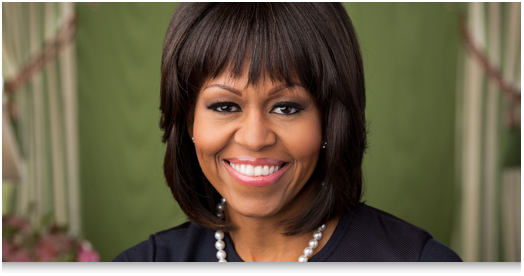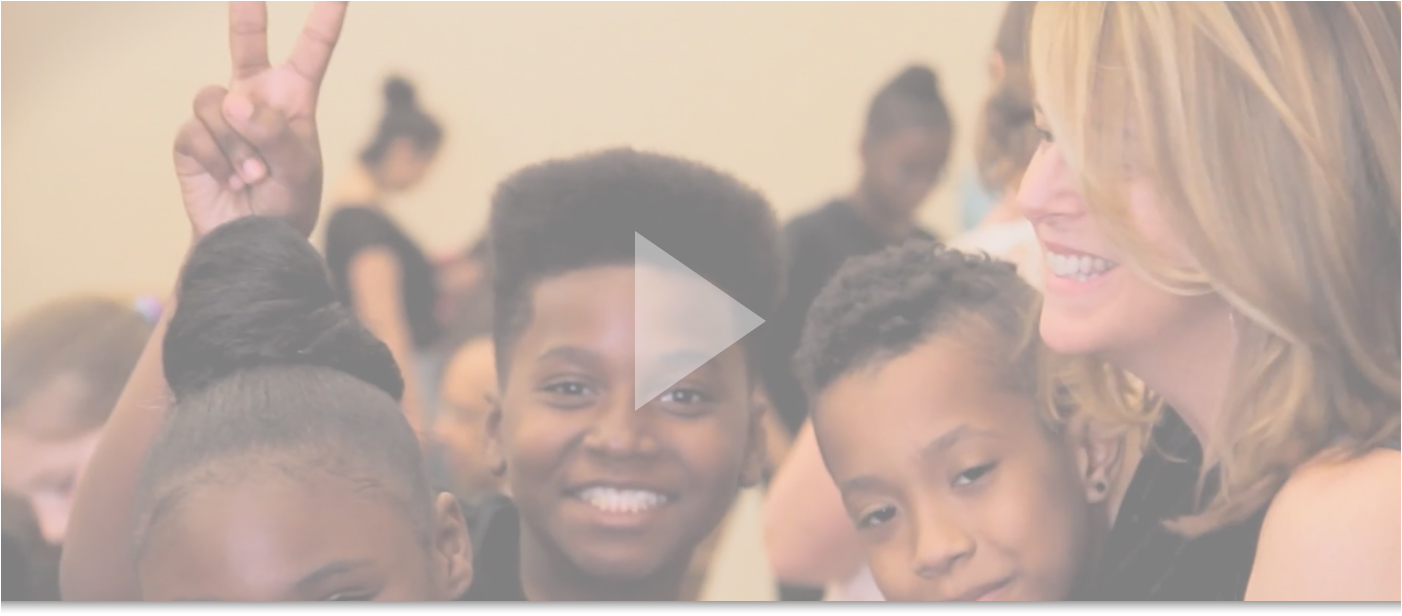- WHAT WE DO
Turnaround Arts is a program of the Kennedy Center that transforms schools through the strategic use of the arts.

Turnaround Arts is a national program of the John F. Kennedy Center for the Performing Arts. It was founded in 2011 by the President’s Committee on the Arts and the Humanities, a White House advisory committee on cultural issues, under the leadership of former First Lady Michelle Obama. The program is based on the premise that high-quality and integrated arts education can strengthen school transformation efforts, boost academic achievement, and increase student engagement in schools facing some of the toughest educational challenges in the country.
The program currently works in 60 schools across the country, in 31 districts and 9 states. As part of Turnaround Arts, schools receive an array of arts education services designed to increase their opportunities for success, engage their community, and raise the visibility of their achievements. Key to these efforts is building arts education programming that is rigorous, effective, and integrated holistically into the school with a focus on equity through the lenses of social emotional learning, culturally responsive pedagogy, and shared leadership.
Schools are supported by local program partners, who apply to partner with the Kennedy Center to implement Turnaround Arts in clusters of local schools. The national program office provides these partners with arts education resources and expertise, coaching, program methodologies, baseline evaluations, training, and peer-to-peer learning structures. The national program also provides resources directly to selected schools, including arts supplies, musical instruments, licensing rights and kits for school musicals, and high-profile Turnaround Artists who work with students and teachers. In turn, local program partners select clusters of eligible schools and support them with instructional resources and coaching, teacher professional development, leadership support, and more. The program structure that enables these changes relies on a high-touch, intensive intervention model based on eight pillars that guide arts-based transformation in each school.
Pillars of Effective and Integrated Arts Education in Successful School Improvements
Through this framework, ongoing coaching, and a focus on the connections between broader school goals and strategic use of the arts, Turnaround Arts schools are making enormous gains. Principals and teachers develop new tools and find renewed passion for their craft. Students find their voice and a pathway to success. School culture and climate becomes more positive and collaborative. Parents and the broader school community have more ways to get involved.
About the Kennedy Center
From the stages of our theaters, to classrooms across the country, the Kennedy Center sets a national standard for arts learning through model programs that address arts education challenges, accelerate best practices, and uplift citizen artistry. Through performance-based programming, in-class residencies, professional development for educators, and more, the Kennedy Center’s Education programming provides powerful, culturally relevant experiences for people of all ages, in all 50 states and 29 countries worldwide. Further details are available at www.kennedy-center.org.
Kennedy Center Education Mission: We set the national bar for arts learning, creativity and accessibility by providing powerful, culturally relevant experiences for all.
Kennedy Center Education Vision: Eradicating barriers to arts learning. Building capacity. Returning arts and creativity to the center of our lives. Activating Citizen Artists.
About the President’s Committee on the Arts and the Humanities
Created in 1982 under President Reagan, the President’s Committee on the Arts and the Humanities (PCAH) was an advisory committee to the White House on cultural issues. Under the chairmanship of the First Lady of the United States, PCAH worked on behalf of the Administration and with federal cultural agencies to build public-private partnerships that address important policy questions in the arts and humanities. Its core areas of focus were arts and humanities education, cultural exchange, and the creative economy. Among its decades of work, the President’s Committee on the Arts and the Humanities published the landmark report Reinvesting in Arts Education: Winning America’s Future Through Creative Schools in 2011. It was the first federal report in more than a decade to survey the challenges and opportunities in providing arts education to the nation’s children. This report summarized over ten years of research, illustrating the benefits of arts education on academic achievement and student engagement, and highlighting the “equity gap” of unequal access to arts education programs in high-poverty schools. Turnaround Arts was developed out of the findings and recommendations of this report.
KEY TURNAROUND ARTS STAFF
Jordan LaSalle
Vice President for Education, The Kennedy Center
Jeanette McCune
Director of School and Community Programs, The Kennedy Center
Holly Bass
National Director, Turnaround Arts
Emilia Pazniokas
Implementation Program Coordinator, Turnaround Arts
Jonae Davis
Operations Manager, Turnaround Arts
Stephanie Lash Kilpatrick
Program Manager, Turnaround Arts
